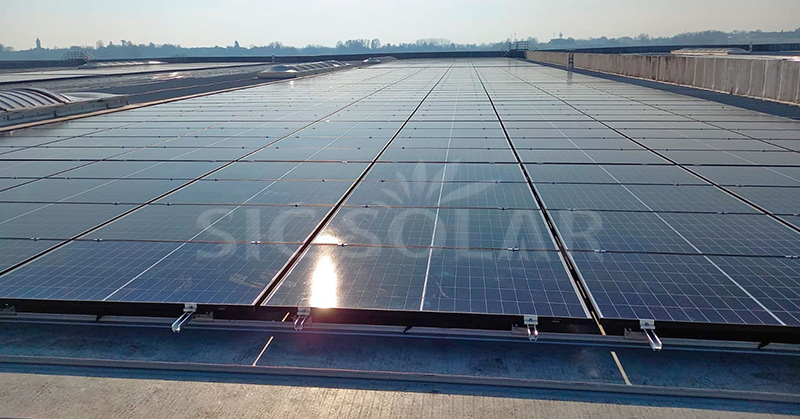When thinking about solar energy, most people picture panels installed at an angle on rooftops or ground-mounted frames, positioned to capture the maximum sunlight throughout the day. But what about vertical installation? Can solar panels be mounted vertically, and if so, what are the advantages and trade-offs?
The short answer is yes—solar panels can be mounted vertically. This setup is less common than traditional angled installations but is becoming more popular in specific scenarios. Vertical mounting involves positioning panels upright, either on building facades, fences, or specially designed vertical racking systems.

One of the main benefits of vertical solar panels is their space efficiency. For properties with limited roof or ground space, vertical installation allows panels to be placed on unused surfaces, such as the sides of buildings or along property boundaries. This approach is particularly useful in urban environments where rooftops may be shaded or cluttered with HVAC equipment.
Another advantage is self-cleaning potential. Panels installed vertically accumulate less dust, debris, and snow compared to panels laid flat or at shallow angles. Rainwater naturally washes the surface, reducing the need for frequent cleaning and lowering maintenance costs.
From an energy production perspective, vertical panels are most effective when facing east and west. This allows them to capture sunlight during the morning and late afternoon hours, aligning well with peak electricity demand times. However, compared to south-facing tilted panels (in the northern hemisphere), vertical panels generally generate less overall energy across the year because they receive less direct midday sunlight.
Vertical installations can also enhance aesthetic and architectural integration. Building-integrated photovoltaics (BIPV), for example, use vertical solar panels as part of the exterior façade, blending energy production with modern design. This approach not only reduces energy bills but also contributes to sustainable building certifications.
The success of vertical solar projects relies heavily on the strength and adaptability of mounting systems. Panels need to be securely fixed to withstand wind loads and weather impacts. Companies like SIC Solar, which specializes in producing and selling photovoltaic mounting brackets, provide solutions that support vertical applications while ensuring durability and safety. Their systems are designed to handle structural challenges while offering flexibility for different site conditions.
While vertical solar panels may not always be the most efficient option in terms of maximum energy output, they offer unique benefits that make them suitable for specific situations. Whether on building facades, fences, or creative architectural designs, vertical mounting expands the possibilities of where solar power can be harnessed.
...

